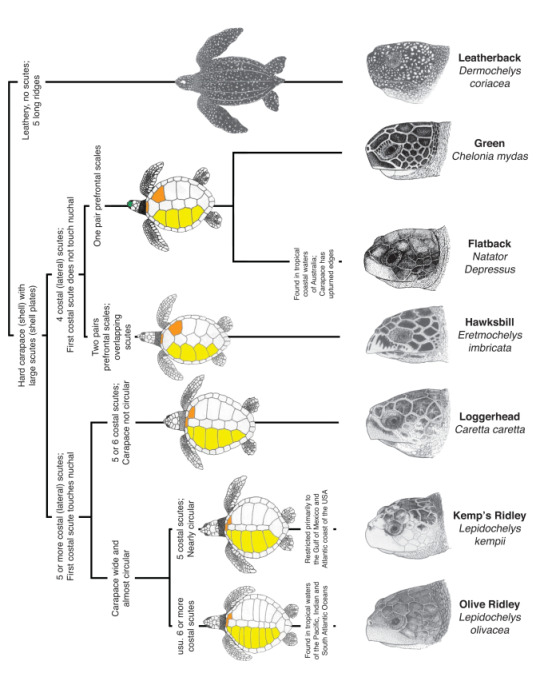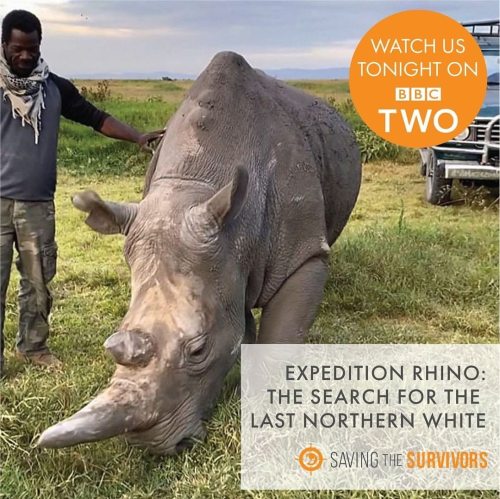#wildlifevet
@savingthesurvivors founder Dr. Johan and team in South Africa were called to help a desperate reserve owner who had lost 4 Rhinos in one night in a brutal poaching attack!
Many reserve owners in South Africa are feeling immense financial pressure after covid has seen their main income from tourism practically disappear over the past 2 years. By far the biggest expense for these custodians of our wildlife is the security and measures needed to keep the most endangered species safe.
This is where, with your support, our teams can provide life saving assistance. We are able to support these wildlife caretakers with our veterinary services for free, in this case, in collaboration with the @councilofcontributors and helicopter pilot Gerry McDonald, we were able to fly in, trim the horns, take DNA and blood samples and microchip all the Rhinos that remained on the reserve. Undoubtably making them less of a target for the poachers that were feared to still be in the area.
The Reserve owner said - “I stand here with tears in my eyes because of your generosity – we didn’t see how we were going to get this done.” “It’s very lonely being a private rhino owner. Until now, we didn’t have any support, we didn’t know anyone we could call who cares the way we do.”
It is your donations that make this possible, your support has directly protected these Rhinos. Thank you to all that have donated, please continue to show your support by donating via the button or link in our Bio.
#CreatingHopeFromHurt
#seha #savetherhino #savingthesurvivors #animallivesmatter #antipoaching #NotOnOurWatch #wildography #rhino #veterinarian #wildlife #wildlifevet #rhinoconservation #southafrica #poaching #rhinohorn #hunting #huntingconservation #rhinovet #rhinosofinstagram #wildlifephotography #wildlifetourism #safari #vets #veterinarymedicine #vetstudent #veterinarian #animalrescue @craghoppers @craghoppers_south_africa @rebelrhinos @endangeredmints @respectedrhinosclub
https://www.instagram.com/tv/Cb7a9pDA2Lw/?utm_medium=tumblr
Don’t forget to tune in to BBC2 tonight at 23:05!
If you can’t stay up that late, the program will also be available on @bbciplayer!
Follow the team of international experts, lead by @savingthesurvivors STS, as they search the wilds of South Sudan for any remaining Northern White Rhino.
“We would like to thank our long standing supporters and kit suppliers @craghoppers for their ongoing collaboration in this project.”
#SavingTheSurvivors #CreatingHopeFromHurt #savetherhino #savingthesurvivors #animallivesmatter #antipoachin #NotOnOurWatch #rhino #veterinarian #wildlife #wildlifevet #rhinoconservation #southafrica #africa #poaching #rhinohorn #hunting #huntingconservation #rhinovet #rhinosofinstagram #wildlife_perfection #wildlifephotography #wildlifetourism #safari #wildography #vets #veterinarymedicine #vetstudent #veterinarian #animalrescue
https://www.instagram.com/p/Cc8IujIMEuT/?igshid=NGJjMDIxMWI=
Post link
Seven Species of Sea Turtle
Last year I was lucky enough to visit Sri Lanka and spend some time on the beautiful coastline. The water was so crystal clear and I was delighted to spot the odd turtle foraging close to the beach. I spent literally hours with my eyes glued to the water, waiting for them to pop up for a breath so I could catch a glimpse or snap a pic.
There are seven species of sea turtles currently in existence: leatherback, green, flatback, hawksbill, loggerhead, kemp’s ridley and olive ridley. Of these, six inhabit Australian waters. The IUCN classifies the hawksbill and kemp’s ridley turtles as critically endangered, the green turtle as endangered, and the other four as either vulnerable or data deficient. Some of the threats to sea turtles include poaching, bycatch, development, plastic debris, oil spills, climate change, predators and disease (namely fibropapillomatosis).

While the leatherback turtle has a unique appearance due to its size, huge front flippers and lack of a hard shell, the other species are a little more difficult to differentiate. Identification is done by counting the costal scutes (bony plates on the shell) and the pairs of prefrontal scales.


Looking at my turtle photos, I can count only one pair of prefrontal scales, which narrows it down to green and flatback. The latter is only found around the northern coastline of Australia, SO green sea turtle it is!
If you’re interested in learning more about sea turtles or want to contribute to their conservation, there are countless programs out there for vets, students, nurses and budding conservationists, where you can get hands on experience looking after turtles in rehabilitation centres, collecting data for research, protecting turtle nesting sites or cleaning up their habitats!
Post link
Wildlife and Zoo Medicine: Part 2
The second two weeks of the wildlife module were conducted at Perth Zoo and I could not have been more excited! I grew up so close to the zoo that I could hear the lions roar from my bedroom. As a child, I visited the zoo nearly every day and knew most of the animals by name - Tricia the elephant, Memphis the rhino and Simmo the croc, to name a few. My love for these animals was probably a big part of why I decided to become a vet. With that background, you can probably imagine just how excited I was to finally make it into the veterinary department of the zoo in my final year of vet school. I had been looking forward to it for nearly two decades!
One of the best parts of the zoo placement was getting my very own swipe card and access code so I could strut through all the ‘staff only’ gates and pretend I worked there. On the first day, we were given a tour of the veterinary hospital and quarantine area. I caught a glimpse of a slow loris getting a post-quarantine examination before going on display to the public. On a side note, I don’t know why they’re called slow lorises, because they are, in fact, rather speedy when they want to be. We were then taken behind the scenes with the orangutans and Asian elephants, and I could barely contain my excitement. We watched as the keepers trained the bull elephant and worked on the young female’s feet (much like a horse).
I was involved in some really interesting cases on a variety of zoo and wild animals, including a green sea turtle that became stranded and sustained severe wounds to the flipper and plastron (lower shell), a fairy penguin with an oral lesion, orthopaedic surgery on a black cockatoo that had been hit by a car, a bandage change on a tree kangaroo with an avulsed nail, suspected lumpy jaw in a kangaroo, and and necropsies on a giant northern petrel and baby western swamp tortoise the size of a 50c piece. The highlight of the rotation was watching a dental procedure and abdominal ultrasound on a sun bear! I had to pinch myself a few times. Check out those claws!
Throughout the two weeks, we had a series of lectures on zoo-related topics, such as enrichment, nutrition, enclosure design and hand-rearing of orphaned wildlife. I also had the opportunity to brush up on my darting technique which was a bit rusty. At the end of the four weeks, we had an exam (which actually went well!) and a 10 minute presentation on an assigned wildlife topic. My topic was ‘veterinary management of ratites’, so if you ever have a ratite that needs managing, I’m your girl!
I thoroughly enjoyed my time at the zoo and learnt so much. I was reminded why young me wanted to be a wildlife vet! Even if I never end up working in a zoo, I think the knowledge and skills I obtained during the past four weeks are extremely valuable and can be applied to any field of veterinary work. After all, the ability to work with any species is what distinguishes veterinarians from human doctors!
Post link



